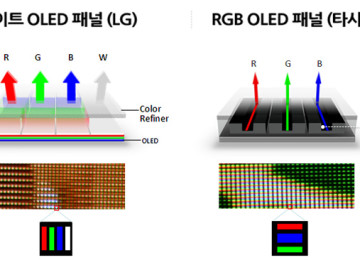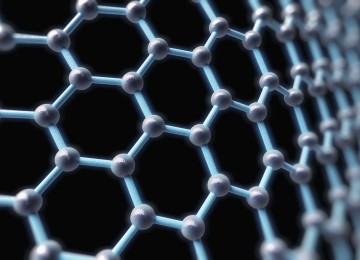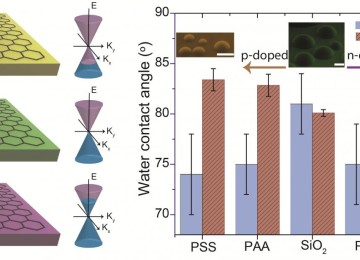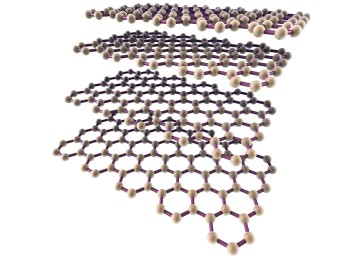Graphene engine for nanorobots makes medical revolution
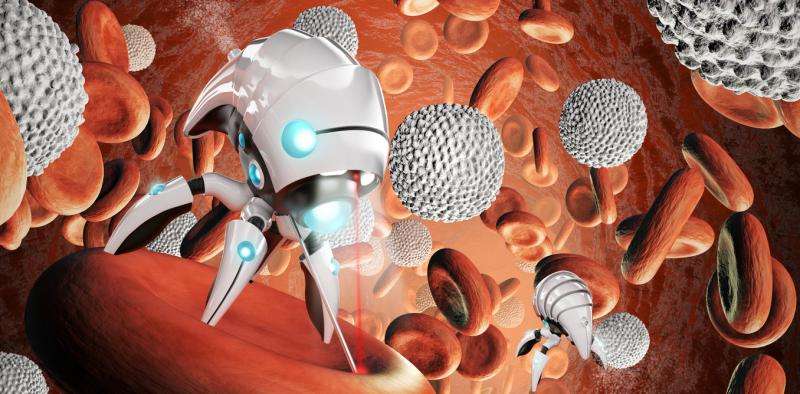
Graphene engine for nanorobots makes medical revolution
The scientists from Germany at the University of Mainz in who invented the smallest engine ever created from just a single atom
it like any other engine converts heat energy into movement but it does so on a smaller scale than seen before. The atom is trapped in a cone of electromagnetic energy and lasers are used to heat it up and cool it down, which causes the atom to move back and forth in the cone like an engine piston.
This is opening the way for some exciting possibilities in the future, particularly in the use of nanorobots in medicine, that could be sent into the body to release targeted drugs or even fight diseases such as cancer.
And researchers from National University of Singapore Jong-Hak Lee, et al., from Prof. Barbaros Özyilmaz’ group at the Graphene Research Center, have published a paper on the tiny graphene engine it demonstrated a simple but nano-sized engine made from a highly elastic piece of graphene. Graphene is a two-dimensional sheet of carbon atoms that has exceptional mechanical strength. Inserting some chlorine and fluorine molecules into the graphene lattice and firing a laser at it causes the sheet to expand. Rapidly turning the laser on and off makes the graphene pump back and forth like the piston in an internal combustion engine.
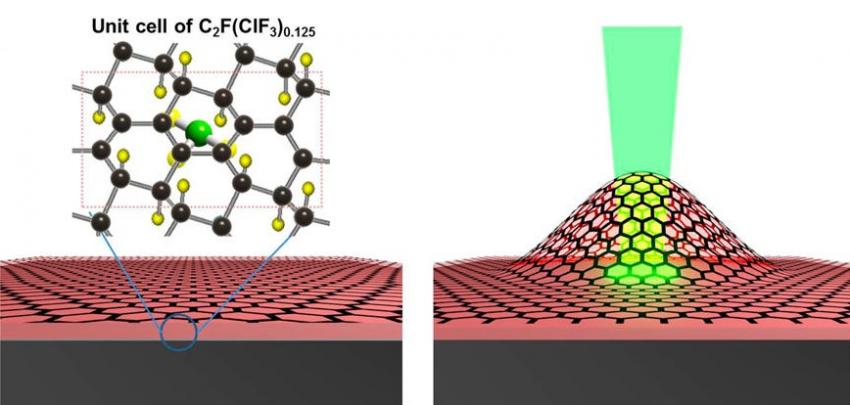
Graphene engine work by expansion of chlorine fluoride molecules by a laser causes high internal pressure and leads the moving
The researchers think the graphene nano-engine could be used to power tiny robots, for example, to attack cancer cells in the body like Graphene nanobots when fighting pollutants in oceans. Or it could be used in a so-called “lab-on-a-chip” – a device that shrinks the functions of a chemistry lab into a tiny package that can be used for rapid blood tests, among other things.
The researchers demonstrated that the graphene engine shows exceptional reliability. After 10,000 cycles, the engine continues to function with no degradation. The graphene engine is also highly energy efficient.
In the future, the researchers would like to improve the engine by exploring illumination parameters and on/off speed, as well as connect the engine to a target load. They also hope to investigate its various potential applications.
Graphene nano-engine have frictionless:
The rotors that produce movement in machines such as aircraft engines and fans all usually suffer from friction, which limits their performance by losing power and convert it to heat. Nanotechnology can be used to create a motor from a single molecule, which can rotate without any friction because the normal rotors interact with the air according to Newton’s laws as they spin round and so experience friction. But, at the nanoscale, molecular rotors follow the quantum law, meaning they don’t interact with the air in the same way and so friction doesn’t affect their performance.
Nature has actually already shown us that molecular motors are possible. Certain proteins can travel along a surface using a rotating mechanism that creates movement from chemical energy. These motor proteins are what cause cells to contract and so are responsible for our muscle movements.
Researchers from Germany recently reported creating a molecular rotor by placing moving molecules inside a tiny hexagonal hole known as a nanopore in a thin piece of silver. The position and movement of the molecules meant they began to rotate around the hole like a rotor. Again, this form of nano-engine could be used to power a tiny robot around the body.












